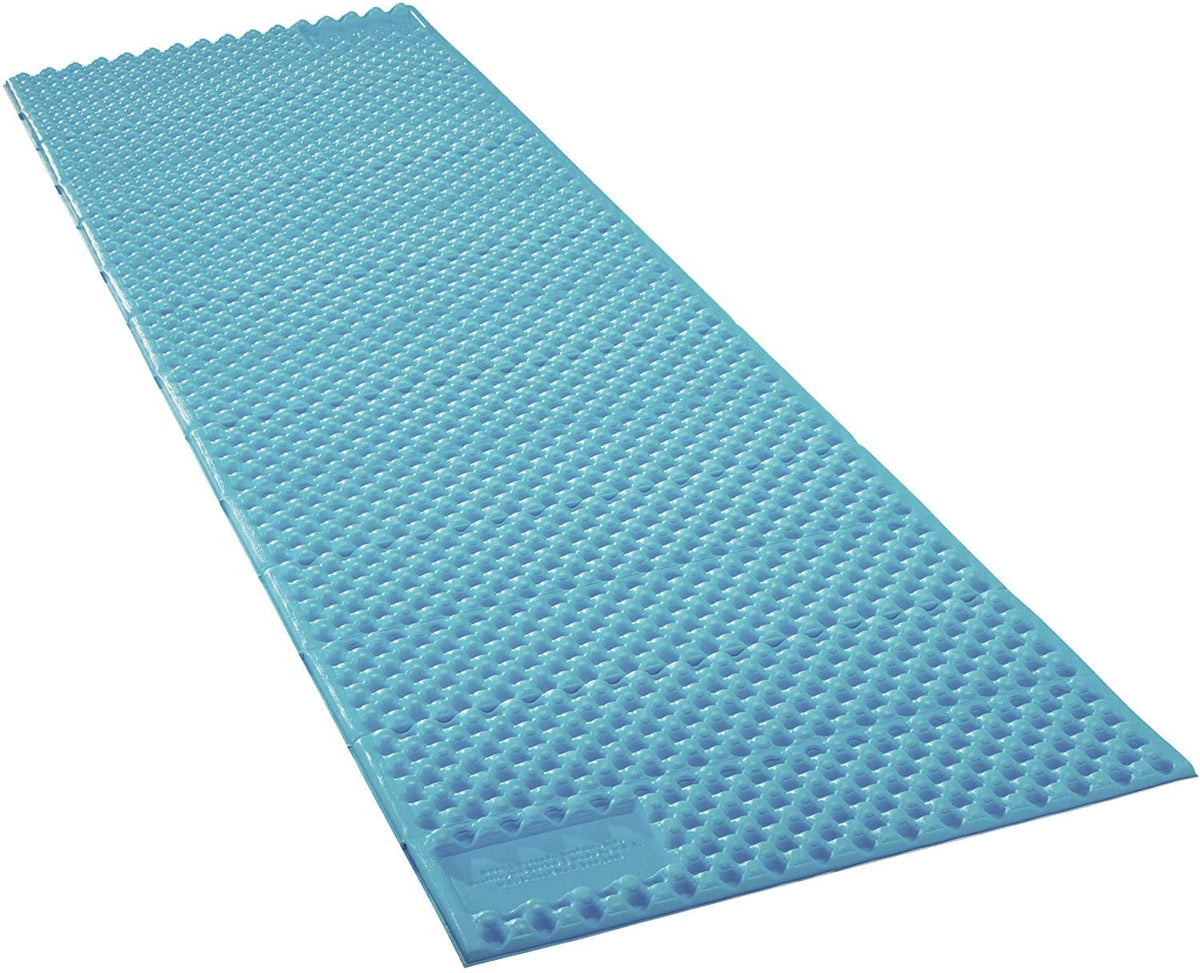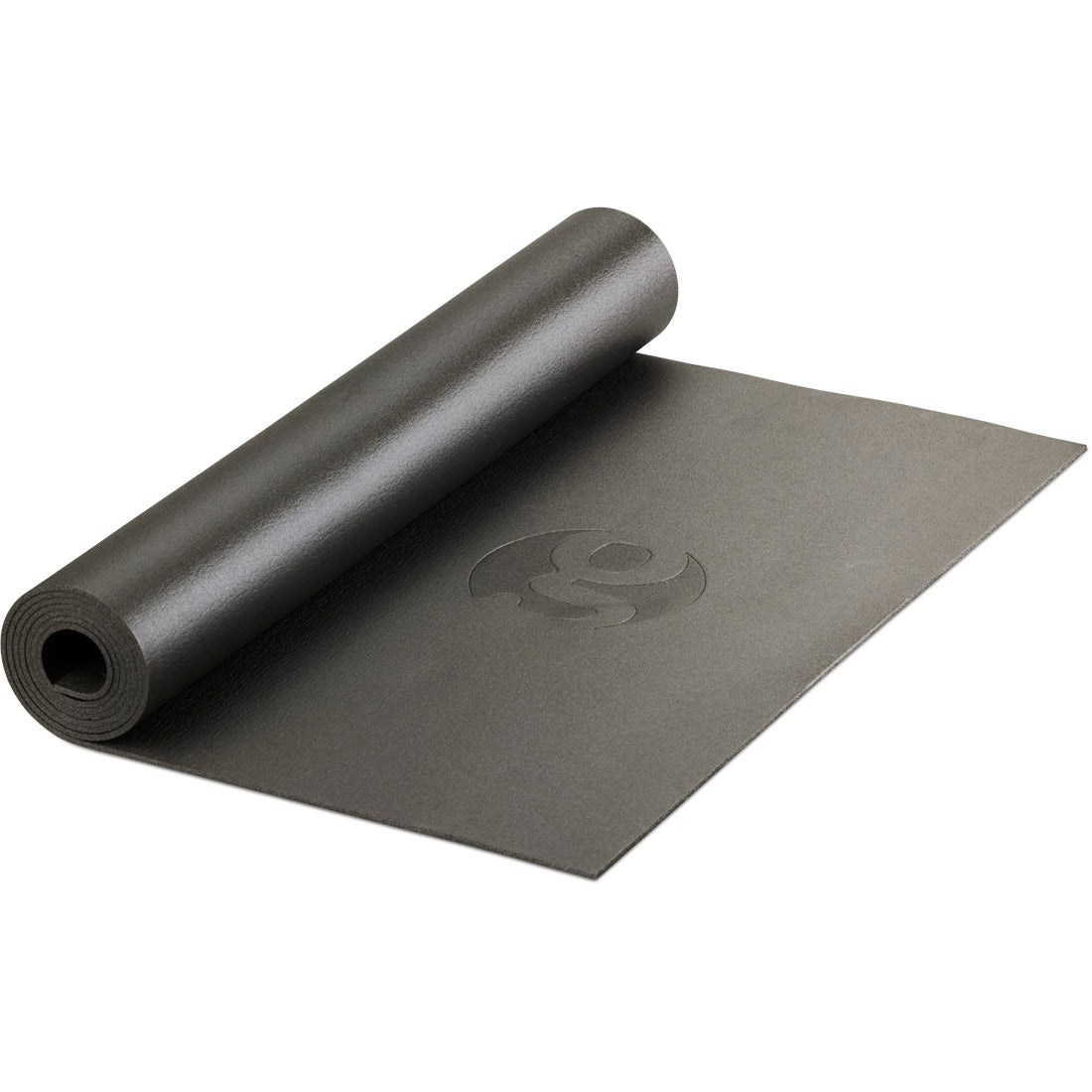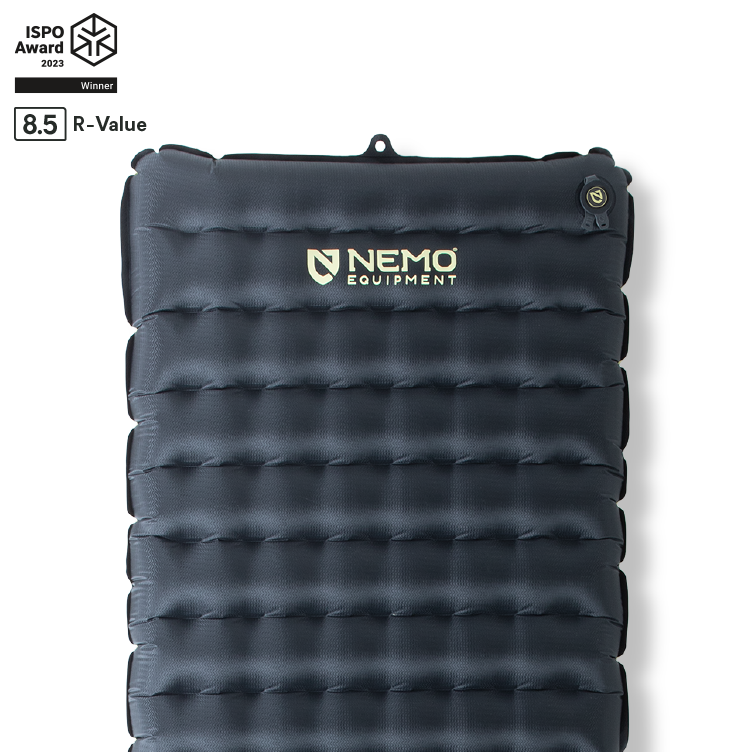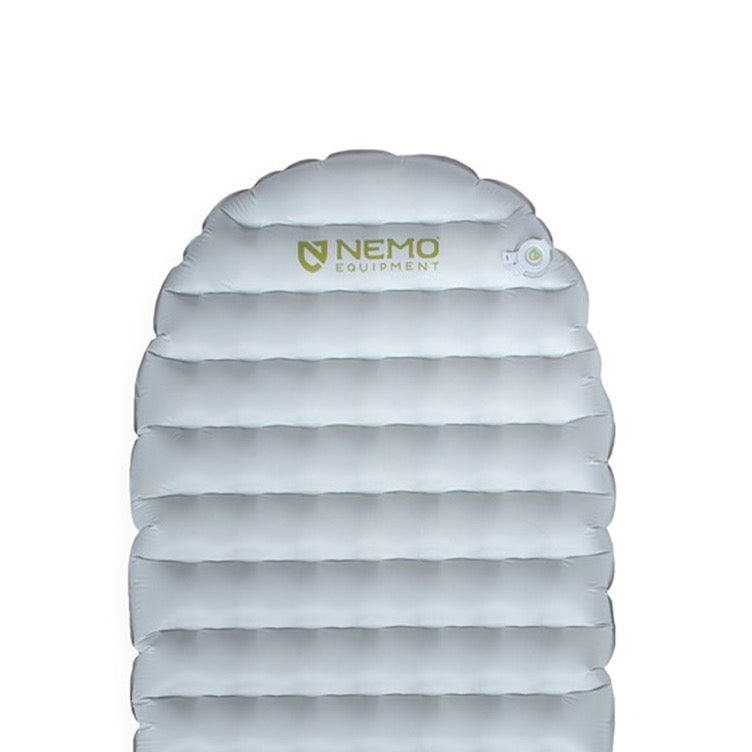A sleeping pad isn't just ritzy camping luxury - it's the critical part of a sleep system that helps you wake up feeling human or conversely feeling like you've been hit by a truck. The cold, hard ground shows little mercy to backpackers who cheap out on this essential piece of gear. Sure, some dumb but tough individuals claim to sleep on bare earth, but physics doesn't care about their bravado. Heat flows from warm bodies to cold ground, and those roots and rocks? They're not exactly memory foam.
When you sleep outdoors, a high quality sleeping pad means getting restorative rest that helps you power up for the next day on trail.
Let's face it: Mother Nature didn't design the earth with human comfort in mind. The iconic Z-Lite pad remains a popular budget-friendly choice for backpackers today.

Sleeping pads come in several varieties, each with its own quirks. Closed-cell foam pads are the no-nonsense workhorses of the bunch - they're cheap, virtually indestructible, and light as a feather. Inflatable pads strike a perfect mixture, with the packability for trail while providing amazing warmth once inflated. For optimal warmth in cold conditions, I recommend layering multiple pads that can increase the total insulation effectiveness. I always bring along a Gossamer Gear ThinLight pad as a multi use piece of gear, best for breaks, naps, and as a layer between the ground and my inflatable pad.

The real science behind sleeping pads lies in their R-value, which is a measure of their insulation effectiveness. The higher the number the better protection from the cold ground trying to suck away your body heat.
R-value isn't just a fancy number - it's the scientific shield between you and the earth's relentless attempt to steal your vital warmth.
Time of year matters a lot here. Summer camping? An R-value of 1-3 will do just fine. Winter camping? You'll want 5 or higher, like a Nemo Tensor Extreme, unless you enjoy feeling like a human popsicle.

Thickness matters - most people find pads between 2.5 and 4 inches thick hit the sweet spot for comfort. Width is another factor; standard pads are 20 inches wide, but many individuals with lots of nights on trail typically want something broader.
And yes, there are even double pads for couples who can't bear to sleep apart in the wilderness.
Price-wise, you're looking at anywhere from $20 for a basic foam pad to over $200 for a premium insulated air pad like the Nemo Tensor Elite I use. Some fancy models come with built-in pumps or special surfaces to keep you from sliding off in the middle of the night.

But here's the truth: even the most basic pad beats sleeping directly on the ground. Since rocks and tree roots? They're not exactly memory foam.






